Classification Of Tiles
In the ceramic tiles market, some new buyers who face renovations are often faced with decision on what kind of ceramic tile product to choose. Should it be polished tiles, vitrified tiles, whole tiles, rustic tiles, microcrystalline tiles, glazed tiles…?
Ceramic ceramics are actually “pottery” and “porcelain”
Ceramics can be divided into porcelain tiles, half tiles and ceramic tiles according to the water absorption rate.
Porcelain tiles: water absorption rate ≤ 0.5%, moisture absorption expansion is very small, generally used for floor decoration. Most of the common polished tiles, whole tiles and vitrified tiles that we use are porcelain tiles. Advantages include; low water absorption, small color difference, suitable for year-round use, no discoloration, and texture is always new. It is wear resistant, It is acid and alkali resistant, does not leave stains and it is easy to clean.
Half tiles (water absorption rate 0.5% to 10%): Half tile is subdivided into enamel tiles, fine tiles and enamel tiles according to the water absorption rate. In order not to bore the small partners, we will not introduce them in details here.
The semi-tiles combine the characteristics of porcelain tiles and ceramic tiles. They are not unilaterally prominent, and they avoid absolute deficiencies. They are quite “moderate” and are also very popular in the ceramic market. Common half-tiles include rustic tiles, small floor tiles (ground climbing walls), crystal tiles, wear-resistant tiles, matte tiles, and the like.
Ceramic tiles (water absorption rate >10%): It has rich color pattern, strong anti-fouling ability, generally used for wall decoration. Porcelain, ceramic pipes, veneer tiles, glass products, etc. are generally ceramic.
Advantages include; Safe and practical, it overcomes the safety hazard of easy to fall off the tiles, and is especially suitable as a decorative material for high-rise buildings and exterior wall insulation systems. It can also be shaped at will, breaking through the limitations of traditional ceramic tiles, and realistically representing the texture and color of natural decorative materials such as wood, leather, stone, tile, cloth, metal, etc.
As a necessary material in the decoration, tiles purchase is very important. There are many types of tiles and the tiles used in different spaces are different. What are the classifications of the tiles? Which tiles brands are better? Let’s take a look at the classification of tiles under the small series.
Common ceramic types on the market:
(1) Glazed tiles: It is actually a tile with glazed surface. It is rich in color and pattern, good in antifouling, but poor in abrasion resistance. It is widely used in the living room floor. Glazed tiles are divided into ceramic and porcelain, and it could be subtle or bright. If it is a renovated kitchen, it is recommended to choose bright glazed tiles instead of matt, because it is more difficult to clean the oil on the tile surface. It is not difficult to conclude that glazed tiles are more suitable for the bathroom.
(2) Full body tile: It is actually known as the non-slip floor tiles. It is commonly used in kitchens and bathrooms. It has good anti-slip and wear resistance. This tile is not glazed as the name implies. The full body tile is more wear-resistant, but the glazed tile is richer in color. Generally, it is suitable for floors such as halls and aisles but very few people will use it on the wall.
(3) Vitrified tile: It is mainly used for decorative effect and its appearance looks as bright and transparent as glass. Among the various types of ceramic tiles, it is the hardest one. It surface can be rarely scratched and it is used mainly for decoration. It has the advantages of better water absorption, edge straightness, curvature, and acid and alkali resistance than other tiles. The downside is that dust and oil are more likely to penetrate and it is not resistant to dirt. However, it is widely used in living rooms, bedrooms, walkways and other places.
(4) Polished tile: This is a tile that has been polished by a full body tile. Although it has a relatively high hardness, it is not wear-resistant. Its feel thin and light, but it has the decorative effect of natural stone and the price is relatively friendly to the people. The polished tile can combine with the oozing technique to create a variety of imitation stone and imitation wood. It is not only used in bathrooms and kitchens but also in other places.
(5) Rustic tile: It is actually a kind of glazed porcelain tile. As a result of its special texture on the surface, it has a good decorative effect, so it is often used in classical or European style.
(6) Ceramic mosaic: In fact, it is also called mosaic. Due to its small shape, various patterns, colors, wear-resistant, water-resistant, acid- and alkali-resistant, it is widely used on both the wall and the ground.

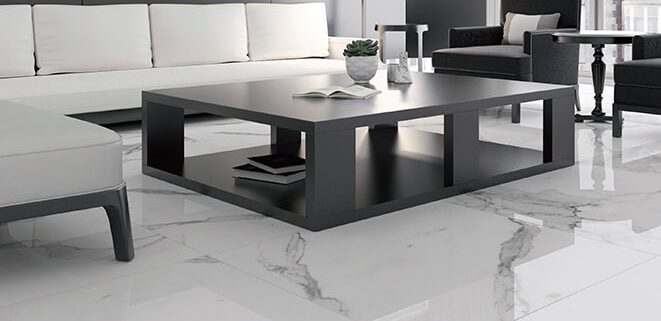
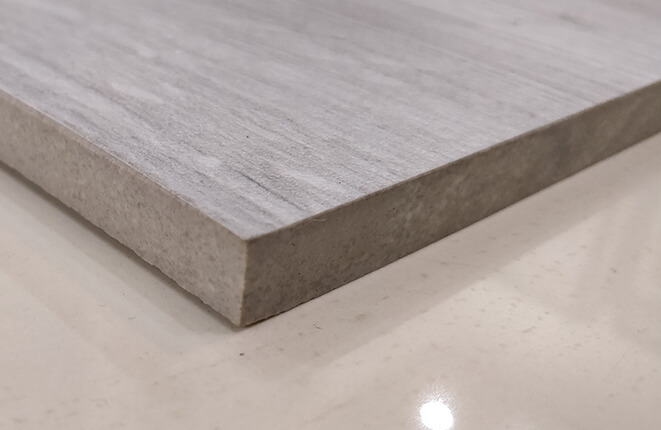
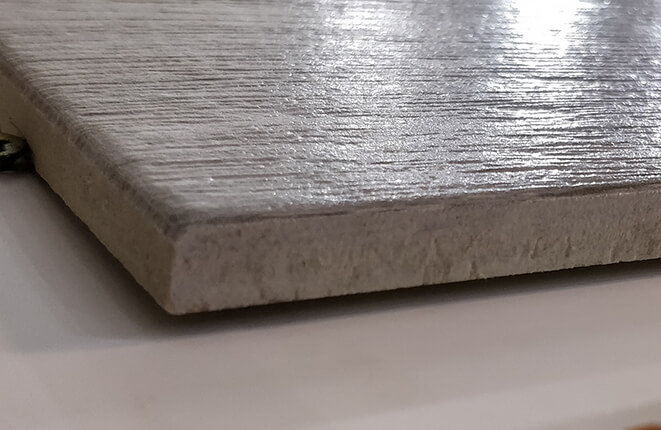
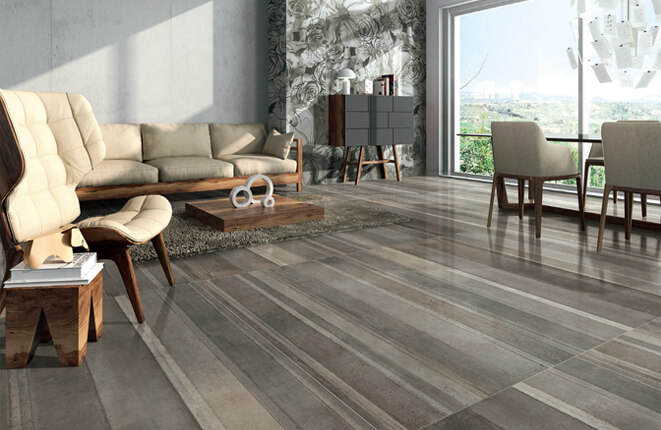
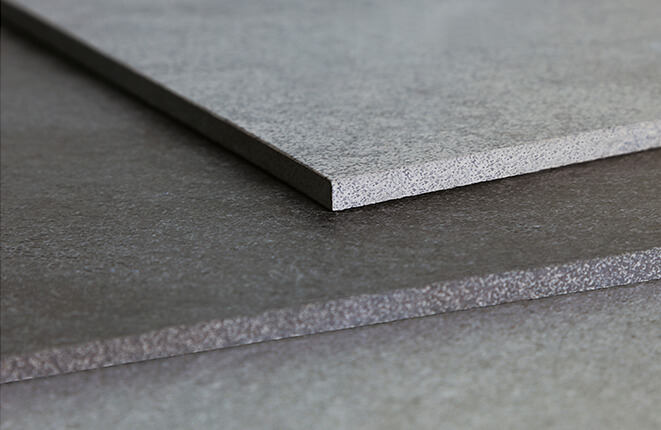
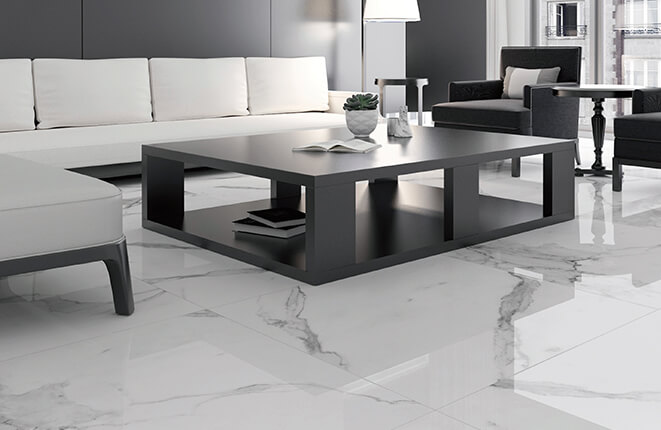
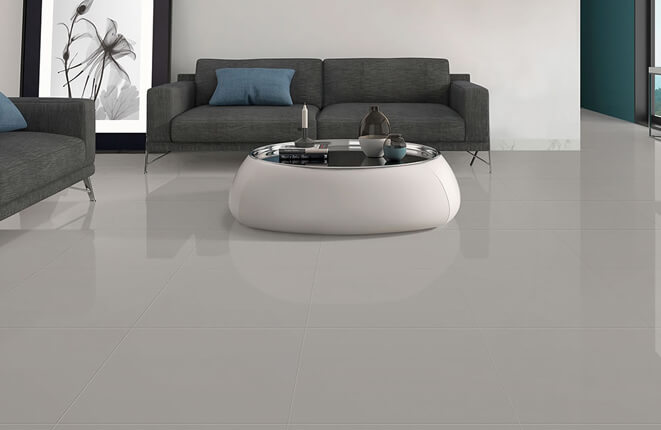
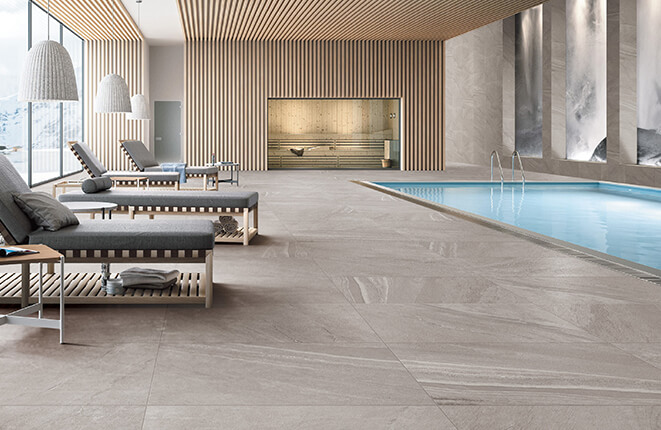
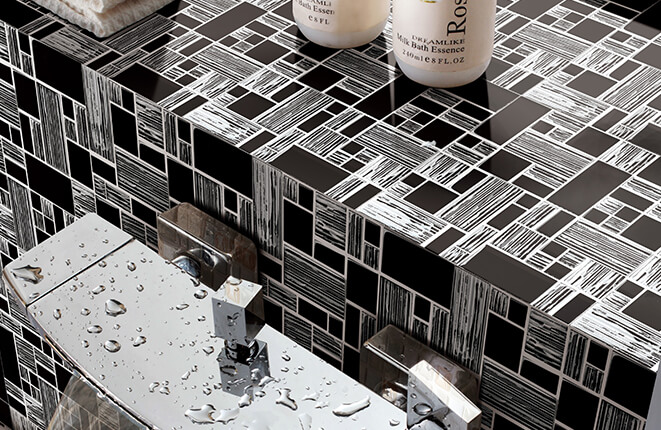
 Facebook
Facebook Linkedin
Linkedin Instagram
Instagram Pinterest
Pinterest  Twitter
Twitter
